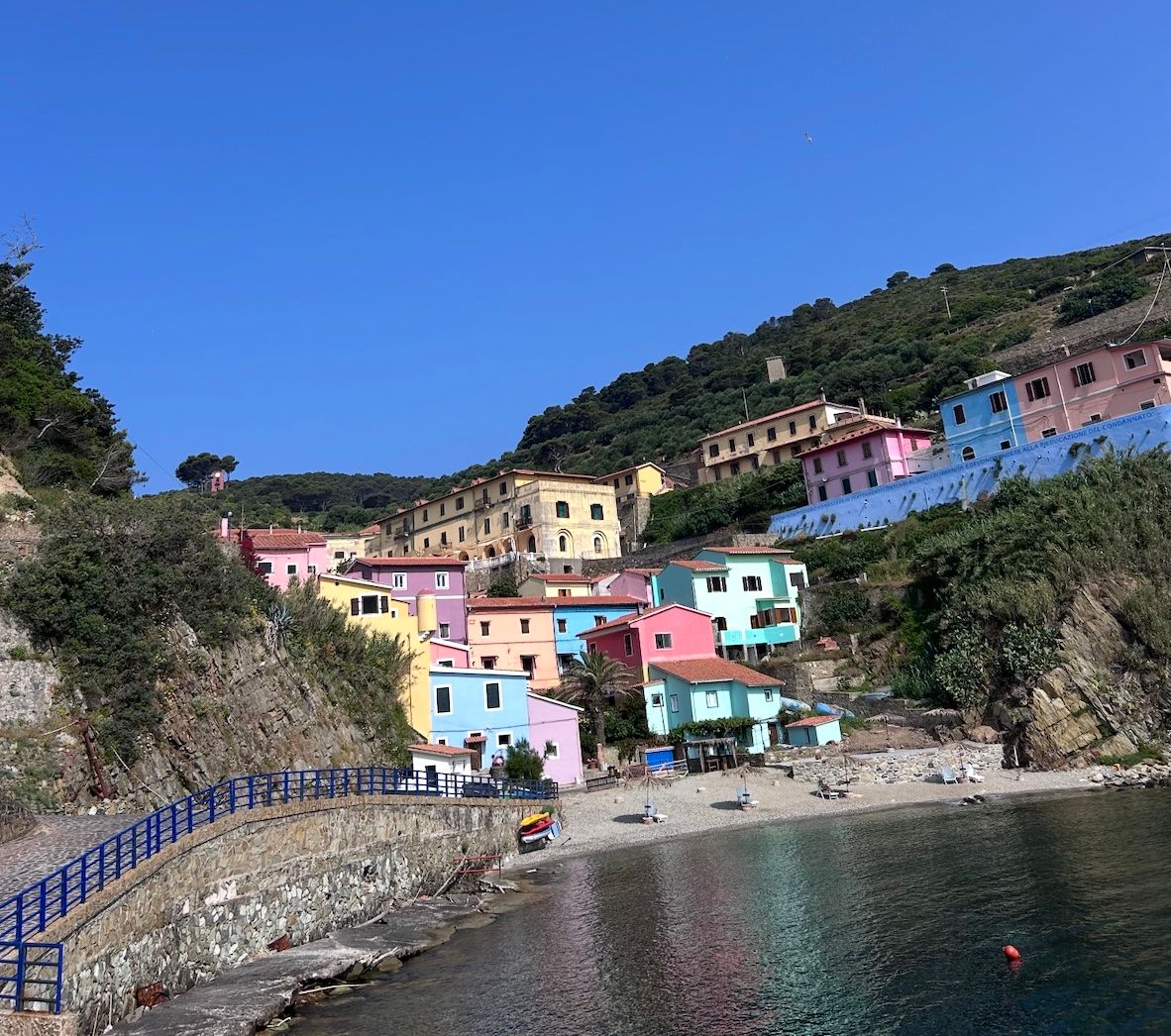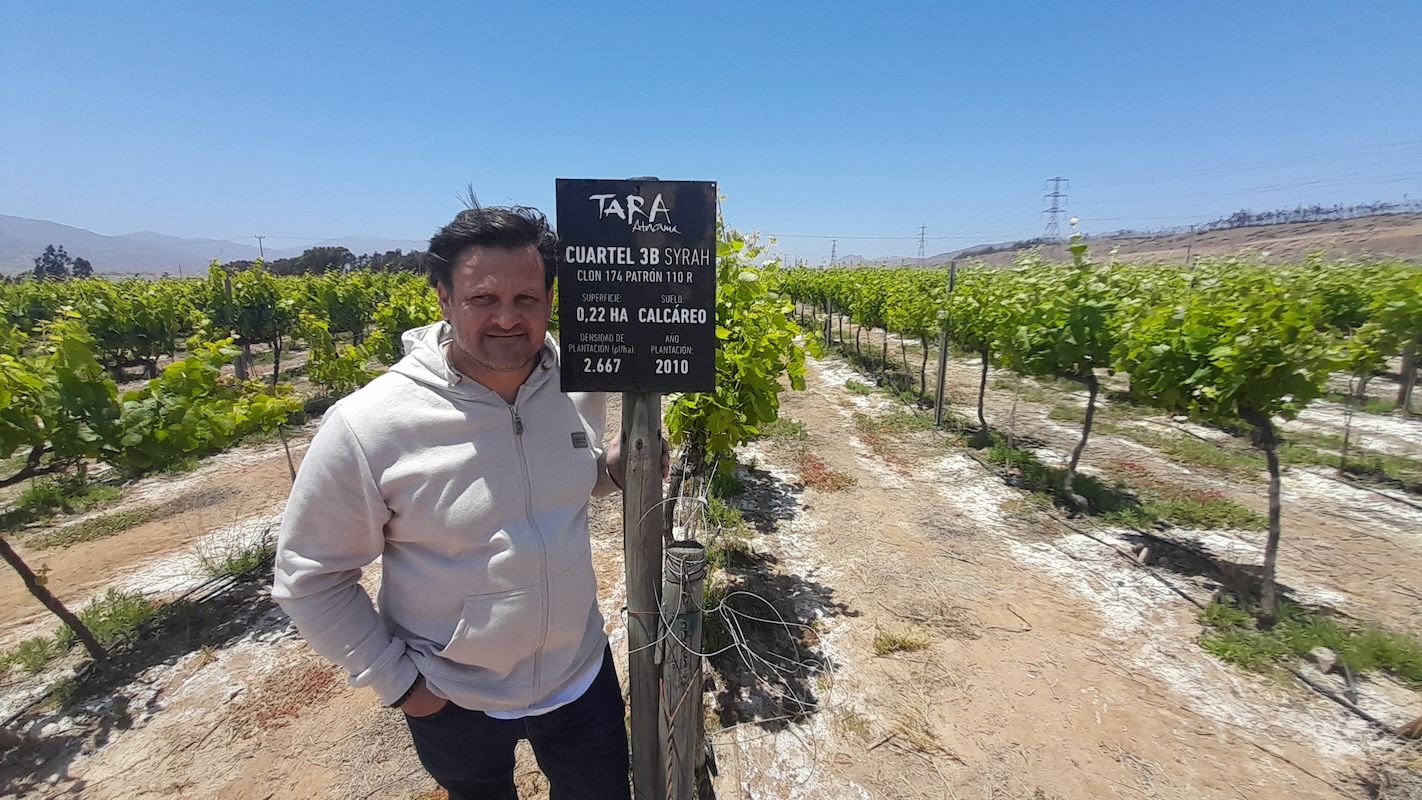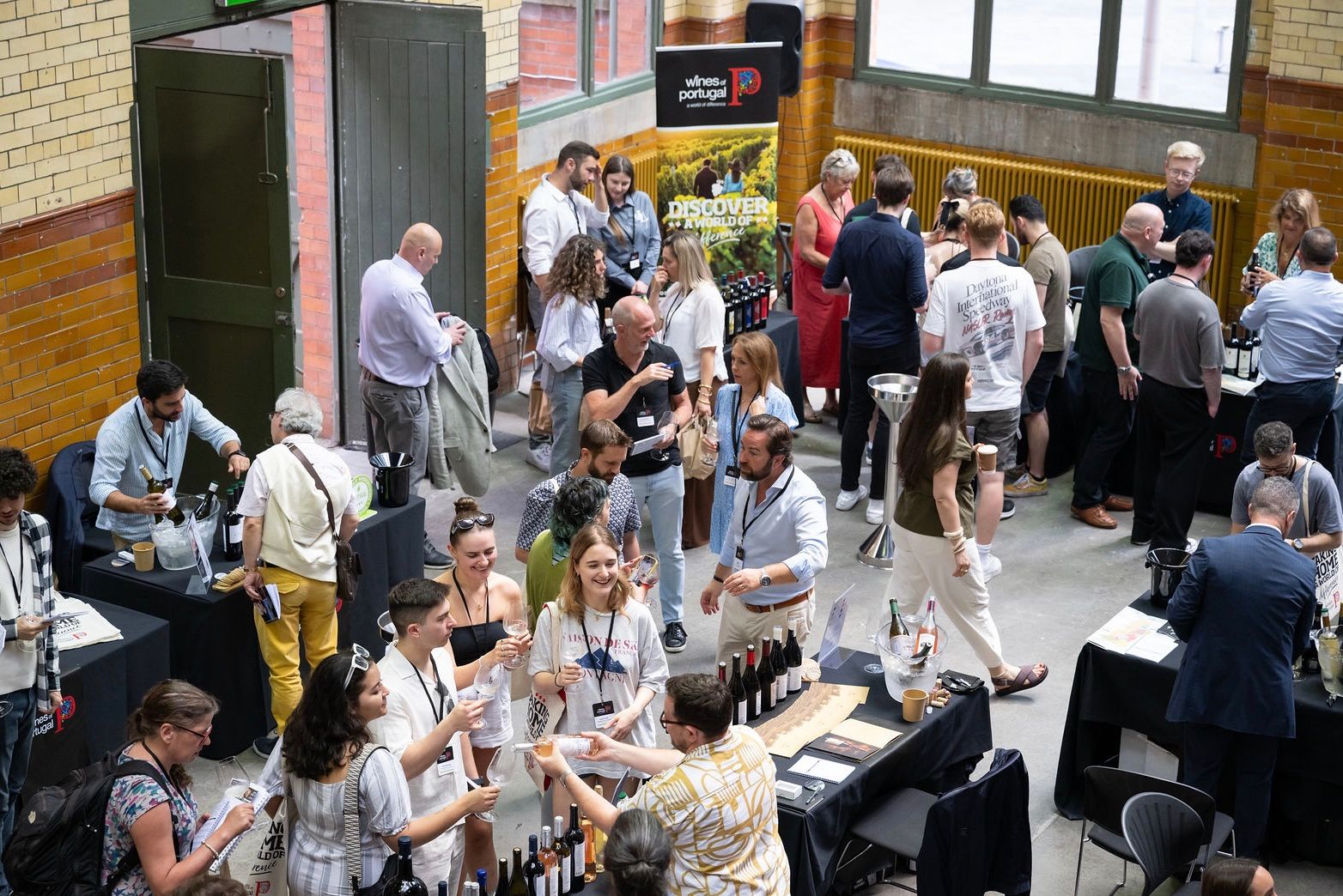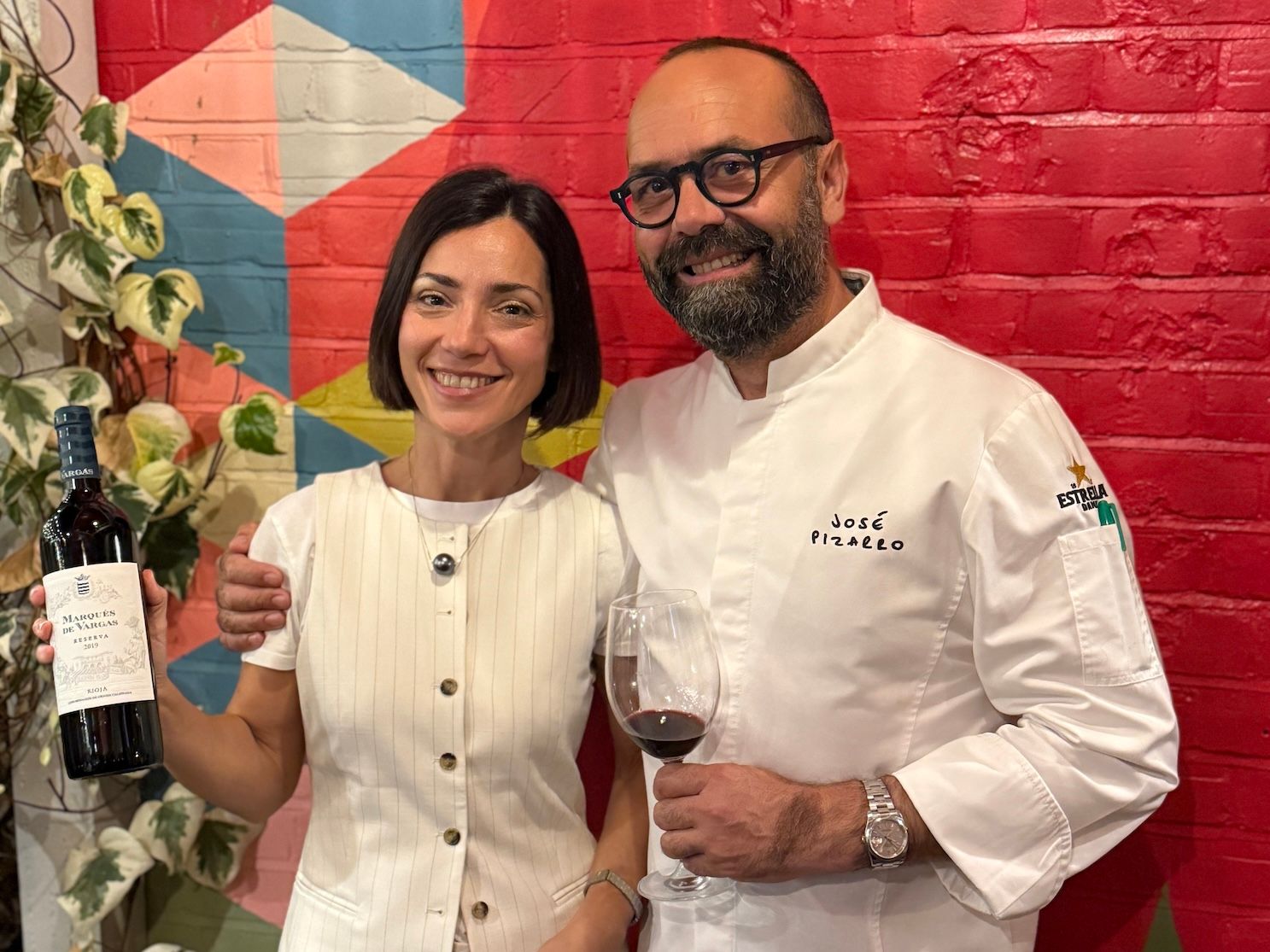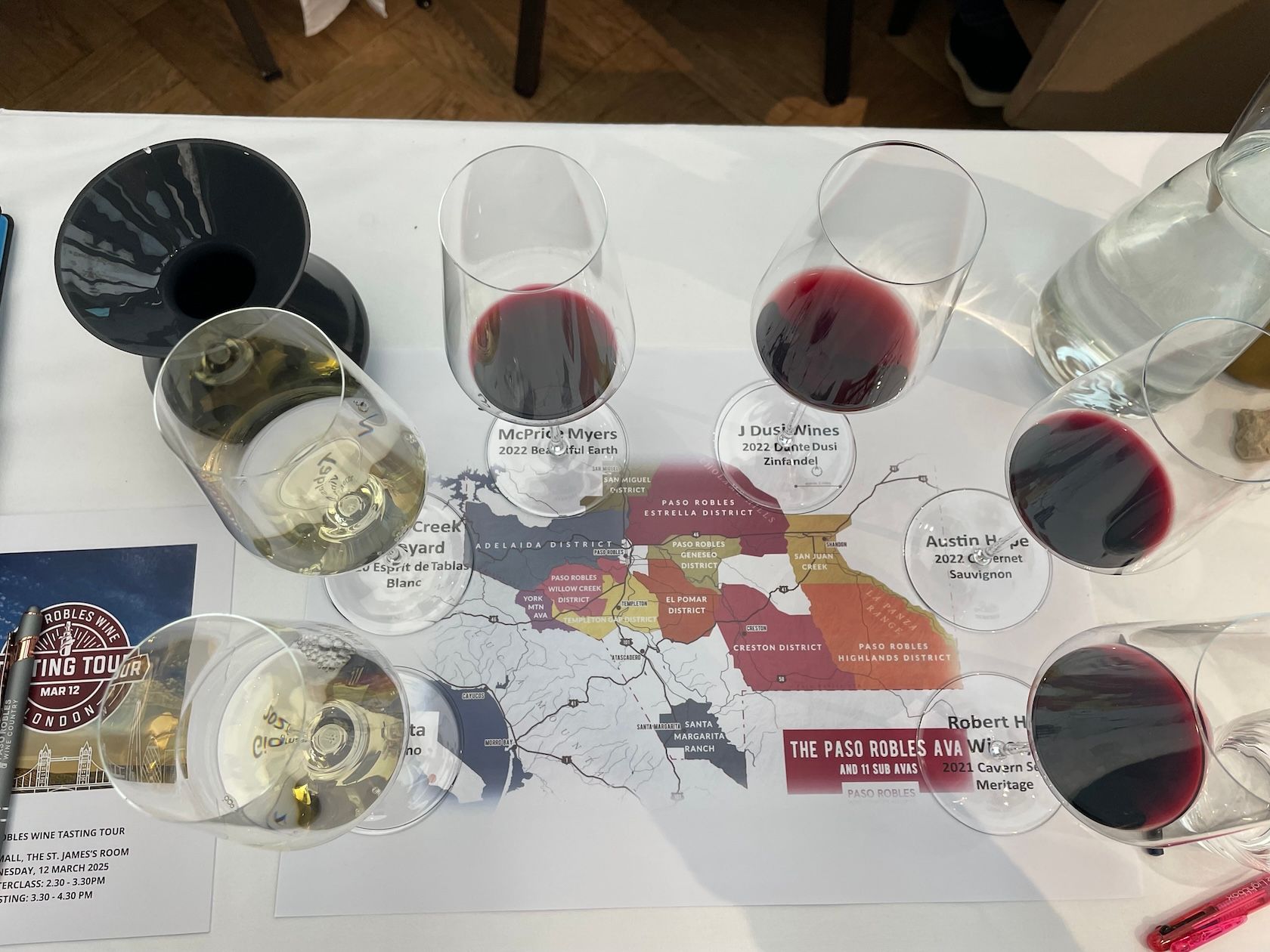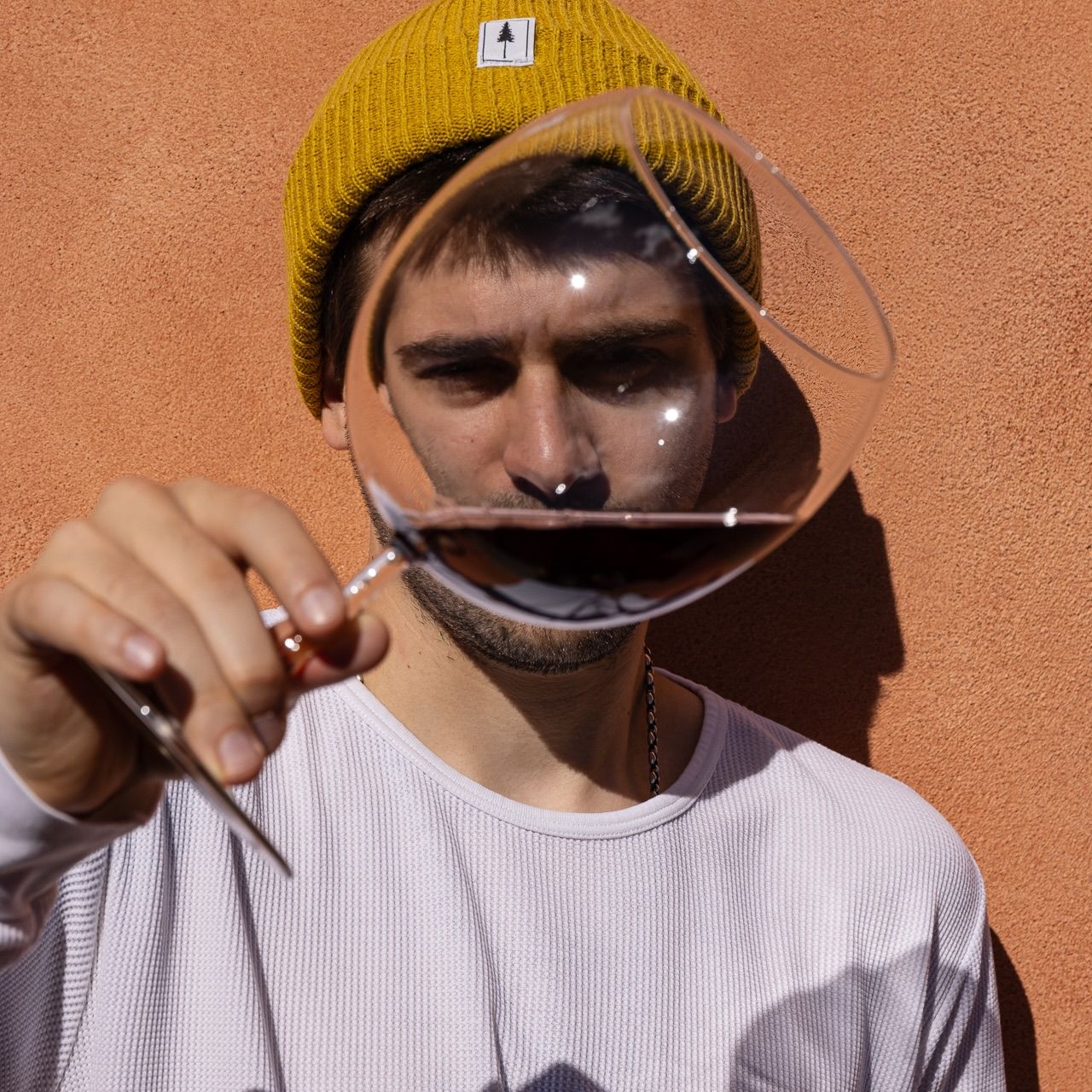While blends are a key facet of Portuguese wine, there is a growing trend towards single varietal wines, particularly with indigenous grapes.
In the annals of unnecessary self harm, Brexit will always be king, a thing of perverse wonder for years to come. In a less considerable way I couldn’t help wondering about the ‘own goals’ at the Wines of Portugal annual London tasting last week.
The wines proved once again that Portugal is no 0ne-trick pony, and there were some great new producers to discover but I couldn’t help feeling that opting to hold its UK annual tasting during the February half-term when many in the trade are away, axing lunch from the event when Portuguese food helps tasters appreciate these very food-friendly wines and then closing to the trade at the early hour of 4pm to make way for consumers at 5pm did not go in the event’s favour.
On the plus side, there was considerable space to taste in the copious area that is London’s RHS Lindley Hall and lots of opportunity to talk with exhibitors, even if some kept peering behind you, as if expecting someone else to show. I really hope the consumer tasting made it all worthwhile, because most of the wines on show – some 400 from 12 regions and 79 producers – were, if anything, better than usual, confirming my long-held view that Portugal is a multi-trick pony with an enduring capacity to surprise and delight.

London’s Lindley Hall, February 2019
Portugal is the ‘new Italy’. Discuss
Peter McCombie MW, presenting masterclasses aimed at “making Portuguese wines work for you” says there is much about Portugal that reminds him of Italy.
“Although I wouldn’t want to take the analogy too far, both have a wealth of native varieties and an industry once dominated by cooperatives which has reinvented itself – as winemakers redefine their approach to native varieties,” he says.
Another parallel is that both have regions that once underwhelmed in terms of quality and innovation but which are currently undergoing a major overhaul, producing wines that can stand their own with better known regions. So for Italy’s Abruzzo and Emilia-Romagna, read Tejo and Lisbon, regions formerly known as Ribatejo and Estremadura and known for inexpensive ‘bleh wines’.
Today, however, they are able to compete with much better-known Douro and Alentejo, often at very competitive prices, and many of the best surprises at this tasting were from these two underrated centrally located regions. Their emergence has added to the country’s appeal in export markets like the UK, which is the world’s sixth largest importer of Portuguese wines.
“Diversity and differentiation are key to our success,” says ViniPortugal’s marketing director Sonia Vieira who says last year saw a 34% increase in sales volume to the UK (to 48,092 HL) and a 33.7% increase in the value of DO wine exports, with consumers showing a clear preference for better quality wines. She admitted, though, that Portugal could not afford to become complacent given the strong competition in a dynamic market such as the UK and the growing popularity (and consequently sales) from emerging regions like Hungary, Greece and Romania.
“There are no concerns about the quality of our wines – which remains very high – but it is important that we continue to surprise people. People are discovering that we have a range of different grapes with distinct profiles that are food-friendly. They are looking for something other than Touriga Nacional. Varieties like Alfrochiero are making more of a mark and consumers are increasingly interested in the lesser known regions like Dao, Barraida and Beira Interior,” she says.

Helen NIcklin and The Buyer’s Mike Turner
The case for single varietal vs blends
What was clear from this tasting, and something that seems increasingly evident in Portugal, is the shift towards single varietal wines. Great producers like Quinta dos Roques and Niepoort are making fantastic wines from Jaen, Encruzado, Touriga Nacional and Baga, and it is not just happening in Dao and Barraida; producers in Vinho Verde are following the lead of Anselmo Mendes in making Alvarinho, Loureiro and Avesso although blends still remain a key part of the portfolio. Vieira says they will always be so:
“Winemakers need to adjust to the demands of the market which is why we are seeing more single varietals. But blending is an art and what makes us distinctive. It will always be key to Portugal as a wine-producing nation.”
My only concern is that many UK consumers are still failing to appreciate just how good Portuguese wines are, how much value they can offer and what a fantastic point of difference they provide.
“We do need to sell better,” admits Vieira. “We need to invest more in education but also on promotion so we can spread the word about what we do much more widely.”
There were some notable absences at this tasting – Symington Family Estates (although the Fells tasting the day before showcased these), Luis Pato, Filipa Pato, most of the Douro Boys, to name but a few – and lots of familiar, reliable names, whose wines I have written about before and which were showing well.
Honourable mentions go to Esporao, Niepoort, Quinta dos Roques, Adega Cooperativa de Moncao, Adega Ponte Lima, Anselmo Mendes, Bacalhoa, Quinta do Noval, JM de Fonseca, Soalheiro and Malhadinha Nova.
There were also some less familiar producers – including many unknown to me – whose wines made a notable impact.
Here’s a Magnificent Seven

Vadio Wines – This Barraida producer only works with Baga, the local variety, including in its sparkling wine (a zesty blend of Baga, Cercial and Bical). Producing just 40,000 bottles a year these are great wines with quite low alcohol – typically just 12.5% – that show the huge potential of this increasingly trendy but tricky variety. Grande Vadio Tinto 2014 is a delicious, nuanced and full bodied take on the variety whilst the Vadio 2009 still showed remarkable freshness and youth, belying its ten years. (Casa Leal)
Quinta do Ferro – Sparkling wines are the big thing for this Vinho Verde producer and the two stand-outs were the Bruto Branco 2015 made from Avesso and the delicious red sparkling Bruto Tinto 2013 made from Vinhao. (Xisto Wines)

Quinta da Lagoalva – Most of the wines from this Tejo producer were pretty decent – especially the high end Barrel Selection, a blend of TN and Syrah – but the pull for me were the sparkling wines, a white Bruto made from Arinto and Alfrochiero and a pink Bruto made from 100% Alfrocheiro. Different but great. (Clark Foyster)
Magnum Carlos Lucas Vinhos – This Dao producer had a wonderful range of mainly blends but the standout was the delicious, wonderfully fresh and floral Ribeiro Santo Encruzado 2018, lots of white peach and apricot on the nose and palate; the more expensive, oaked Envelope 2016 – also 100% Encruzado – was also impressive. (Clark Foyster).
Casa Santos Lima – This producer makes wine in the Lisbon region and increasingly the Algarve – as well as other regions – and the full range of their wines (mainly blends) impressed, at both entry level and mid-range. (Various).

Quinta de Lemos – This Dao producer makes just 80,000 bottles a year of blends and some delicious, smooth and elegant single varietals including Jaen, TN and Alfrochiero. All wines stay in oak and then bottle for five years before release which meant the youngest wine on show was from 2012. Outstanding stuff. (Lisbon Wines).
Soito Wines – I can’t work out why these focused, family-produced wines from Dao haven’t found a UK importer although maybe it’s because volumes are so small. Mostly blends, the whites – made from Encruzado and in the Soito Encruzado 2017, Encruzado and Malvasia Fina – were terrific; sadly the 4pm closing prevented me from trying the reds, though they looked pretty impressive too.

